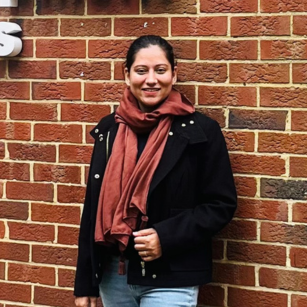The thirty-fifth anniversary of legal abortion in the US was on 22 January 2008. During these years, millions of women have been able to have the abortions they need, without risk to their lives and health. Yet millions of other women have not.
Roe v. Wade, the Supreme Court decision that legalised abortion in the USA, left a gap between legality and access that opponents turned into a chasm filled with legal restrictions, unnecessary and burdensome regulations, continued threats and violent attacks on clinics and providers. Today, abortion is legal, but restricted; stigmatised and continually under attack are the women who are most vulnerable – poor women, women of colour, and young women – those who face the greatest obstacles.
In this article, I discuss the erosion of abortion rights since legalisation, the political strategies of opponents and advocates and the divisions among abortion rights supporters, in order to demonstrate the need for new vision, strategy and leadership. I come to these issues with a long activist history. I entered the movement in 1977, when the backlash to Roe v. Wade achieved its first big victory in the Hyde Amendment. This legislation prohibited the use of federal funds for abortion, thereby effectively denying the promise of Roe v. Wade to poor women. It also crystallised the race and class dynamics within the abortion rights movement. Ignoring the fact that access to abortion, not simply its legality, was of central concern for women of colour, and for all poor women, the prochoice movement failed to make the restoration of public funding for abortion a priority. Instead, it focused on defending Roe v. Wade.
Although I am critical of this political approach, as well as other aspects of the pro-choice movement, I am also unwaveringly committed to the importance of fighting for abortion rights as part of a broader struggle for women’s ability to control their lives. Our battle in the USA is ongoing. We have lost ground on abortion and face new challenges. For example, our opposition has shifted its approach, talking more about protecting women than defending fetuses. Claims that abortion is violence against women and attempts to establish links between abortion, mental illness and breast cancer are all part of this strategy, designed to undercut the claim that the anti-abortion movement does not care about women. The anti-abortion movement continues to be a formidable foe. There are no signs that this will change in the foreseeable future.
In the face of losses and ongoing threats, abortion rights advocates are taking a critical look at their own strategies and politics. I will argue that the reproductive justice approach, currently being promoted by women of colour organisations and their allies, offers the best possibility for restoring what has been lost, meeting new attacks, and for gaining the full array of reproductive freedoms we have never had. In contrast to the narrow choice agenda, reproductive justice is expansive, locating abortion rights in the context of human rights and social justice. As such, it is the most dynamic and inclusive vision for moving us forward.
While this article focuses on the USA, the policy implications and associated harms of US policy are experienced throughout the world. Through actions that include re-imposing the Global Gag Rule,1 diverting US$34 million from UNFPA to abstinenceonly programmes in the USA, and pushing antiabortion agenda at all international meetings on women’s health and rights, anti-abortion politics in the USA in fact undermines access to reproductive health services for millions of women worldwide.
Related Content
This article comes from the IDS Bulletin 39.3 (2008) Thirty‐five Years of Legal Abortion: The US Experience
